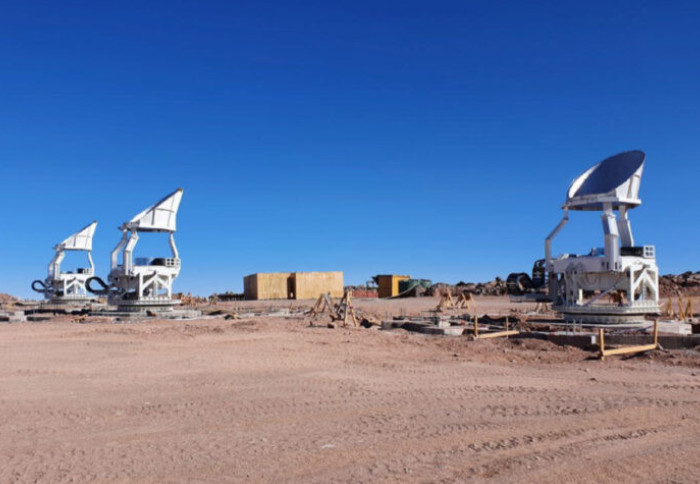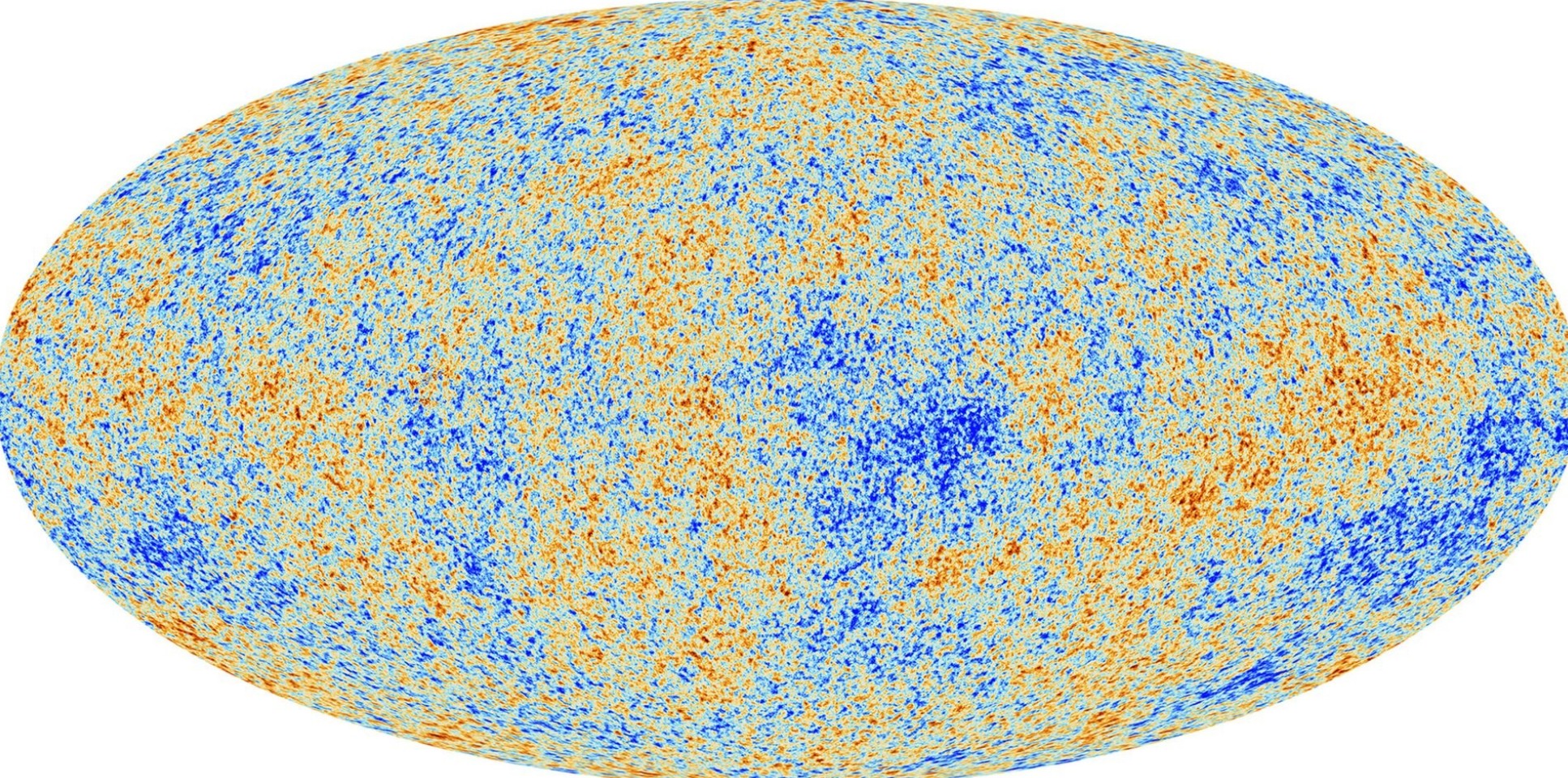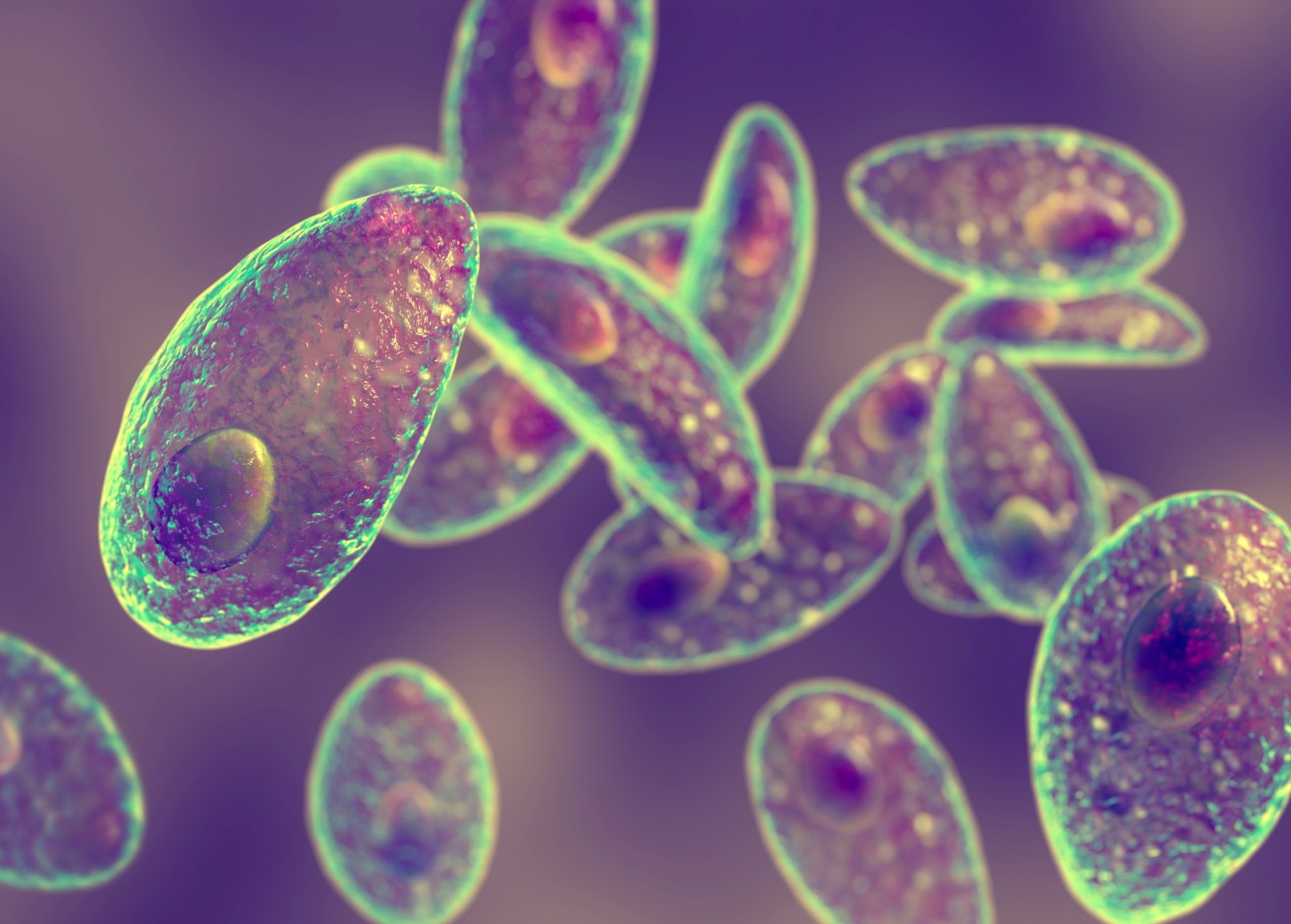Observing the early universe and supporting net-zero: News from the College

Here’s a batch of fresh news and announcements from across Imperial.
From an international mission to search for the cosmic origins of the universe, to a framework for evaluating greenhouse gas emissions, here is some quick-read news from across the College.
Observing the early universe
Six UK universities, including Imperial, have joined an international astronomy mission to search the skies for cosmic origins of the universe.
Simons Observatory, a telescope system on a mountain 5,200m above the Atacama Desert in Chile, studies the cosmic microwave background (CMB), the trail of heat left by the Big Bang. Tiny fluctuations in the CMB radiation tell us about fluctuations in how matter was distributed shortly after the Big Bang, which are the initial seeds of all structure in the Universe.
 With financial support from the Science and Technologies Facilities Council, Imperial will support upgrades to the observatory through helping to build the UK data centre and running the pipelines that will allow our researchers to analyse and interpret the data.
With financial support from the Science and Technologies Facilities Council, Imperial will support upgrades to the observatory through helping to build the UK data centre and running the pipelines that will allow our researchers to analyse and interpret the data.
Dr Dave Clements, from the Department of Physics, said: “Imperial will be deeply involved in the analysis of data from Simons Observatory. We’ll be looking at the CMB to uncover the physics of the early universe, but also looking at the rest of the universe that makes up the foreground to the CMB, uncovering everything from dusty star-forming galaxies to stars that flare at millimetre wavelengths. Simons will have a huge impact from the Solar System to the earliest light in the universe.”
Read more on the STFC’s website.
Finding drug targets
 Small-molecule drugs that inhibit the function of proteins in cells can be powerful in stemming pathogenic infections and disease. However, creating these drugs relies on finding the best sites in proteins for them to bind to.
Small-molecule drugs that inhibit the function of proteins in cells can be powerful in stemming pathogenic infections and disease. However, creating these drugs relies on finding the best sites in proteins for them to bind to.
Amino acids are the building blocks of proteins, and their sequence defines protein function. Therefore, finding specific amino acids that bind with potential drug molecules and impact function is vital. However, protein sequence function relationships are difficult to predict.
Now, researchers in the Departments of Life Sciences and Chemistry at Imperial, led by Dr Matthew Child and Professor Ed Tate, have created a way to systematically quantify the contribution of hundreds of druggable amino acids to protein function in live cells.
They tested their system, called CRISPR-based Oligo Recombineering (CORe), in the parasite Toxoplasma gondii. They discovered specific cysteine amino acids decorating the ribosome that were critical for protein function and parasite growth.
Using this information, they undertook a screen of drug-like molecules to hunt for cysteine-targeted drugs that inhibited ribosome function. This identified a first-in-class parasite-selective antimalarial molecule that inhibited protein translation, which could be repurposed to target T. gondii.
Read the full paper in Nature Microbiology.
African Biology Field Course
Students on the third-year Biological Sciences degree have just returned from two weeks at the Klipbokkop mountain reserve in South Africa’s western cape as part of the African Biology Field Course.
The cape region is ecologically unique and to make the most of it the course included a huge range of study. Students learned about plant, insect, bird, and mammal diversity through long days of sampling with evening presentations from local experts.
Student Nell Pates said: “This mixture of field work and lectures, with expertise both from Imperial academics and local conservationists, gave an extra practical dimension to the course making the content feel even more relevant and alive. This field course was an incredible educational opportunity and marked a degree highlight for many students.”
Another student, Matthew Grainger, put together a video of the experience, which you can view below.

Supporting net-zero plans
 Since the COP26 climate summit in Glasgow last year, more than 136 countries, accounting for about 80% of total global greenhouse gas emissions, have committed to achieving net-zero emissions. Providing decision makers with useful, accurate, and trusted greenhouse gas emissions information is a crucial part of this effort.
Since the COP26 climate summit in Glasgow last year, more than 136 countries, accounting for about 80% of total global greenhouse gas emissions, have committed to achieving net-zero emissions. Providing decision makers with useful, accurate, and trusted greenhouse gas emissions information is a crucial part of this effort.
Dr Heather Graven, from the Department of Physics, has contributed to a new National Academies report that provides a framework for evaluating greenhouse gas emissions information to support policy and decision makers working to address climate change.
The report recommends that information should perform highly against six pillars: usability and timeliness, information transparency, evaluation and validation, completeness, inclusivity, and communication. Further, a global emissions information clearinghouse should be created, and existing approaches integrated to provide the best information possible and inform the most effective policies.
Download the report: 'Greenhouse Gas Emissions Information for Decision Making'.
 Want to be kept up to date on news at Imperial? Sign up for our free quick-read daily e-newsletter, Imperial Today.
Want to be kept up to date on news at Imperial? Sign up for our free quick-read daily e-newsletter, Imperial Today.
Article text (excluding photos or graphics) © Imperial College London.
Photos and graphics subject to third party copyright used with permission or © Imperial College London.
Reporter
Hayley Dunning
Communications Division